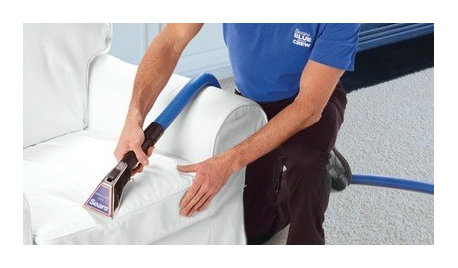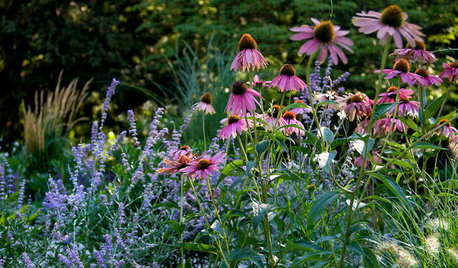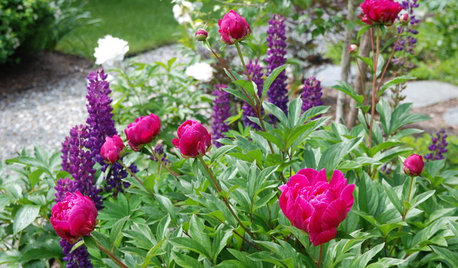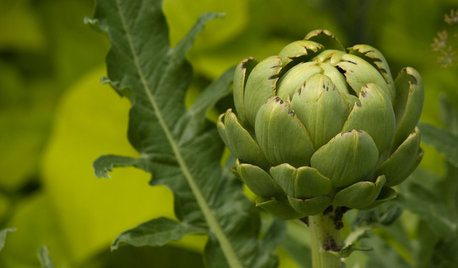Red Admiral - whats it doing?
mboston_gw
12 years ago
Related Stories

DECLUTTERINGEscape the Inheritance Trap: What to Do With Sentimental Pieces
Too meaningful to toss but too hideous, precious or unusual to display? These ideas can help
Full Story
HOUSEKEEPINGWhat's That Smell? What to Do About Stinky Furniture
Learn how to diagnose and treat pet and other furniture odors — and when to call in a pro
Full Story
MOST POPULAREnjoy Your Summer Garden — Here’s What to Do in July
Our July gardening guides take the guesswork out of summer watering, pruning and planting. See our tips for your U.S. region
Full Story
REGIONAL GARDEN GUIDESDelight in Summer’s Garden Glories — Here’s What to Do in June
Wherever you live in the United States, these guides can help you make the most of your summer garden
Full Story
WORKING WITH PROS10 Things Decorators Want You to Know About What They Do
They do more than pick pretty colors. Here's what decorators can do for you — and how you can help them
Full Story
GARDENING GUIDESHouzz Call: What’s Your Favorite Backyard Beauty?
The simple, honest daisy is this writer’s go-to garden flower. We want to hear which plant, flowering or otherwise, gives you special joy
Full Story
GARDENING GUIDESYour Garden Is Stirring — Here’s What to Do in February
February is a good time to start seeds, shape up shrubs and watch for the earliest blooms. Here’s what to do in your part of the U.S. now
Full Story
KITCHEN DESIGNWhat to Do if Your Kitchen Is Simply Too White for You
Does your all-white kitchen have you craving a little color? Here are some ways to introduce it
Full Story
WORKING WITH PROS10 Things Architects Want You to Know About What They Do
Learn about costs, considerations and surprising things architects do — plus the quick route to pinning down their style
Full Story
COLORWhat Goes With Red Walls?
These coordinating colors and materials will make your red walls look right at home
Full Story






ladobe
MissSherry
Related Professionals
Bridgetown Landscape Architects & Landscape Designers · Owings Mills Landscape Architects & Landscape Designers · Berkley Landscape Contractors · Beverly Hills Landscape Contractors · East Chicago Landscape Contractors · Palm Beach Gardens Landscape Contractors · Webster Groves Landscape Contractors · Bixby Fence Contractors · Dundalk Fence Contractors · Fallbrook Fence Contractors · Framingham Fence Contractors · North Potomac Fence Contractors · Tacoma Fence Contractors · Cicero Window Contractors · Dracut Window ContractorsTony G
mboston_gwOriginal Author
bandjzmom
ladobe
MissSherry